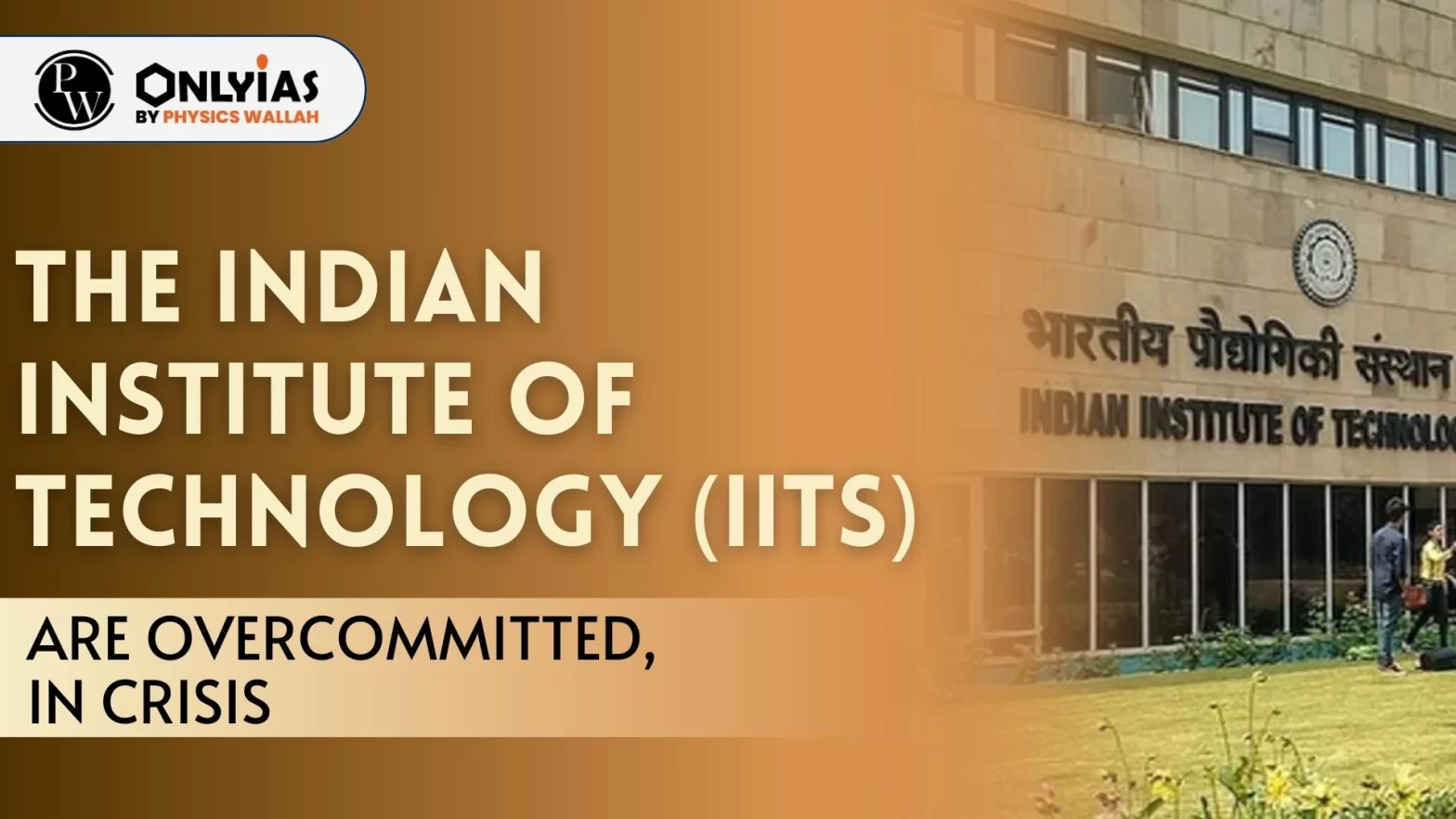Context:
Indian Institutes of Technology (IITs) – Key Points
- Identity: Indian Institutes of Technology (IITs) are globally renowned as India’s premier higher education institutions.
- Establishment: The first Indian Institutes of Technology was founded in 1950 in Kharagpur, West Bengal, followed by four more within a decade.
- Expertise: They recruited Indian scholars educated in top foreign universities, eager to contribute to national development.
- Expansion: From 2015 onwards, the government extended the IIT system, adding seven more institutions, often in non-metropolitan areas.
Foreign Adventures of Indian Institutes of Technology (IITs)
- Admission Standards: Unlike at home, the admission process is based on the IIT Madras Zanzibar Selection Test (IITMZST) 2023 screening test followed by an interview.
- High Inclusion: Some of the screening test centers offered to potential applicants were located not only in Tanzania but also in Ethiopia, Nigeria, Kenya, Uganda and the United Arab Emirates (which has a strong presence of the Indian diaspora).
- Arising Questions:
- Faculty: How many of the faculty in Zanzibar are from the Chennai campus — and will they stay in Zanzibar?
- Infrastructure: The campus is under renovation. Are there appropriate laboratories, access to IT, and related amenities?
- Less Enrollment: The Zanzibar campus is open to students from across the globe, while only 70 students have enrolled.
What is the significance of the Indian Institutes of Technology (IITs)?
- Renowned: They are the only Indian higher education institutions known internationally at all.
- Result Oriented: They have produced leaders in high tech and related fields in India and abroad.
- High Enrollment: The enrolment in all the 23 IITs has expanded to more than 1,20,000, with 25,237 students graduating in 2022-23, marking a clear indication of more access and opportunity.
What are the challenges associated with the Indian Institutes of Technology (IITs)?
- Lacking Quality Standards: The new IITs have struggled to meet the high standards of the traditional institutes.
- Some were created by upgrading existing institutions such as the Indian School of Mines Dhanbad, while others were “greenfield” start-ups.
- Unwillingness to Join: Top professors are often unwilling to work in isolated places, and the best students are also hesitant to enroll.
- Uncompetitive Salaries as per International Standards: Attracting the best, the brightest professors and foreign-trained Indians are difficult due to dramatically below international standards salaries.
- Inferior Environment: Foreign-trained Indians are also reluctant with inferior work environments and more academic bureaucracy.
- Severe Shortage of Academics: In the IIT system, in 2021, out of the 10,881 of the sanctioned posts 4,370 were vacant.
The Way Forward
- To maintain the prestige of the IIT system, there is a need to focus and work upon:
- Building quality in the new IITs
- Maintaining faculty quality
- Attract young professors committed to the IIT idea and to India’s development
Also Read: Dr. Somnath Explains Why IITians Shy Away from Joining ISRO
Conclusion:
Expanding the system domestically and building overseas branch campuses as part of India’s soft power efforts can be fruitful only if the above mentioned challenges can be tackled.
![]() 4 Nov 2023
4 Nov 2023

